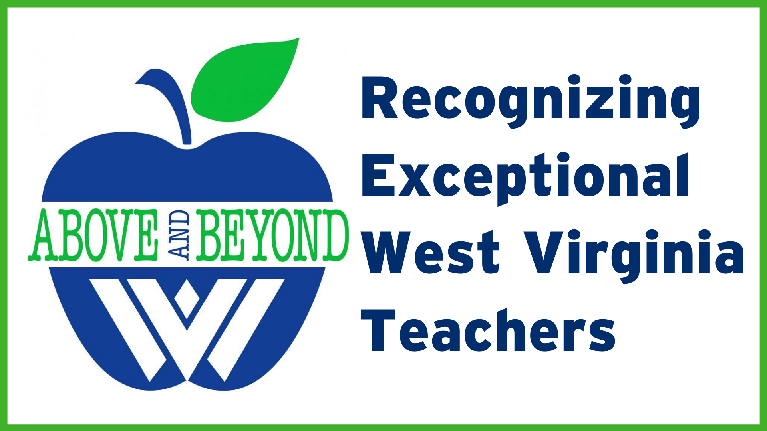Now that thousands of striking teachers across West Virginia have returned to work with a pay raise and a promise to fix their health care plan, how might their actions inspire others? It’s one of the questions we’ll explore on this week’s episode of Inside Appalachia.
Following the nine-day walkout, educators across the country, from Kentucky to Arizona and Oklahoma, have cited similar complaints and announced plans to organize protests of their own. Some have even threatened to go on strike.
Despite this surge of solidarity, union labor in the United States remains largely at a crossroads. The U.S. Supreme Court is expected to decide on one important aspect of labor’s future in June: Whether public employees in a union workplace should be required to pay dues to a union they choose not to join.
West Virginia is among the states that already has what’s known as a right-to-work law. Notably, teachers unions here don’t have collective bargaining rights, and their salaries are set by the state Legislature.
This episode we’ll hear from Dana Goldstein, a reporter for the New York Times who has written about the West Virginia’s teachers’ strike and education generally. The walkouts, she observed, could reveal some insights into labor’s role in the future — even if the country’s highest court overturns its 40-year-old decision and extends right-to-work protections nationwide.
“In many ways it’s sort of the last state where you would expect to see teachers in particular be able to rise up in this fashion at this moment,” she told 100 Days in Appalachia. “And I think what many in the labor movement had been telling me is that they wonder if this is an example of how teachers’ unions can remain relevant.”
We talked with union leaders during the walkout and will feature one, Dale Lee, in this episode.
But there were also some teachers who didn’t support the strike: The West Virginia Professional Educator, an organization with 1,200 members across the state, lobbies on behalf of educators in the state but maintains that walking off the job isn’t the most productive way to negotiate with lawmakers..
“We are founded on the philosophy that students deserve an uninterrupted education, and when we walk out, the people that hurt the most are the students,” Alicia Mullins, the group’s president and a Logan County high school teacher, told us.
Students were inspired by their teachers, too. Many joined them at the Capitol. Some at Capital High School in Charleston issued an open letter supporting teachers and the walkout, and we’ll hear from two of them. And Gov. Jim Justice credited sixth-grader Gideon Titus-Glover, who spoke up at a town hall in Wheeling, for broadening his perspective on teachers’ demands. We’ll chat with the 12-year-old about the experience.
“It took a lot of courage to stand up to the mic. But I just decided to get up there and do it,” Gideon told WVPB reporter Glynis Board. His advice to other young people? “Speak your mind. If you have an idea, try it out.”
The events in West Virginia have prompted another question: How could teachers in a state that voted so heavily for Trump organize such a widespread labor strike, a practice normally associated with Democrats?
Politics in this state are complex. To learn more about where teachers stand on politics, West Virginia Public Broadcasting surveyed more than 900 teachers and school employees, and we’ll include some of those responses in the show.
And finally, we’ll revisit the strike from 1990. While teachers were fighting for some of the same things nearly 30 years apart, there were notable differences between the walkouts.
Inside Appalachia is produced by Jessica Lilly and Roxy Todd. We had help producing Inside Appalachia this week from Dave Mistich, Liz McCormick, Glynis Board, Kara Lofton, and the West Virginia Archives and History.
Our executive producer is Jesse Wright. Ibby Caputo edited our show this week. Our audio mixer is Patrick Stephens. Molly Borne is our web editor. You can find us online on Twitter @InAppalachia.
Music in this episode was provided by Emily Jo Tanzey, Dinosaur Burps, Michael Howard, and Ben Townsend.






















